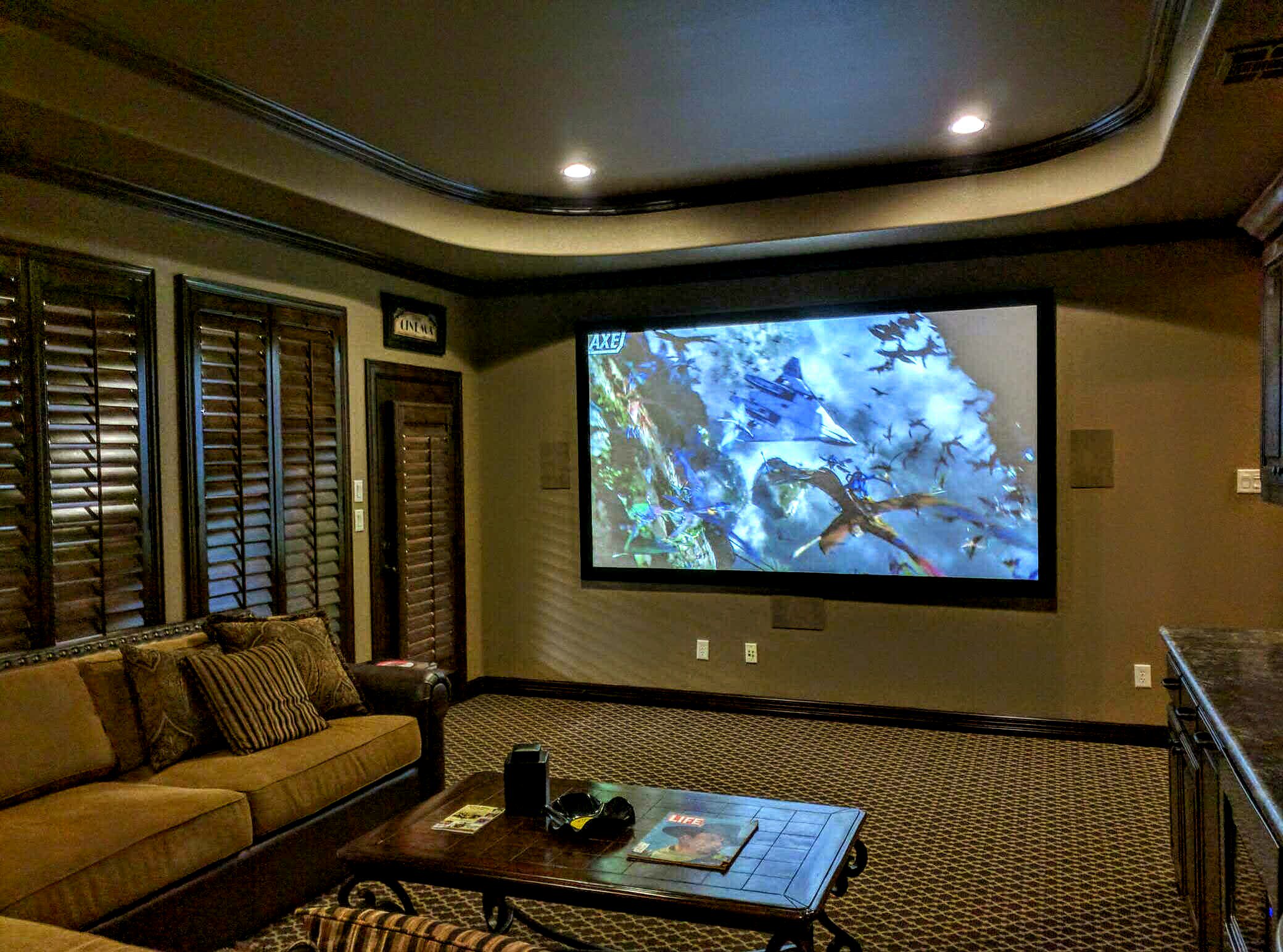


At the receive end, the listener only hears what is coming out of the speakers and must work overly hard to comprehend. So it merely captures everything including the unwanted room reflections. Hard surfaces from walls and windows reflect energy back into the room. Unlike our ears and brain, the ‘dumb’ microphone has no way to discern what is important and what to leave out. The same applies when broadcasting over the internet. Broadcasters have been treating their stations with acoustic panels for nearly 100 years. The room acoustics are so poor that it makes communication nearly impossible. Picking up both the wanted voice and unwanted room noise. The problem is the walls, ceiling and windows are made from hard, highly reflective surfaces that are perfect incubators for echo. People do not realize is that the sound quality has very little to do with the microphone.
MEDIA ROOM INSTALLATION FULL
Anyone that has listened to a second rate webinar knows full well that more often than not, hearing and understanding the dialog can be tenuous due to the poor sound. With the advent of powerful communication tools such as Skype now available to our connected world, tele-commuting and video conferencing now plays a larger role in the workplace as folks shift their daytime activities from two or three hour commuting to staying off the roads and being more productive. This means that the home office is changing from a corner desk to a full-on work environment. More and more professionals are working from home.


 0 kommentar(er)
0 kommentar(er)
